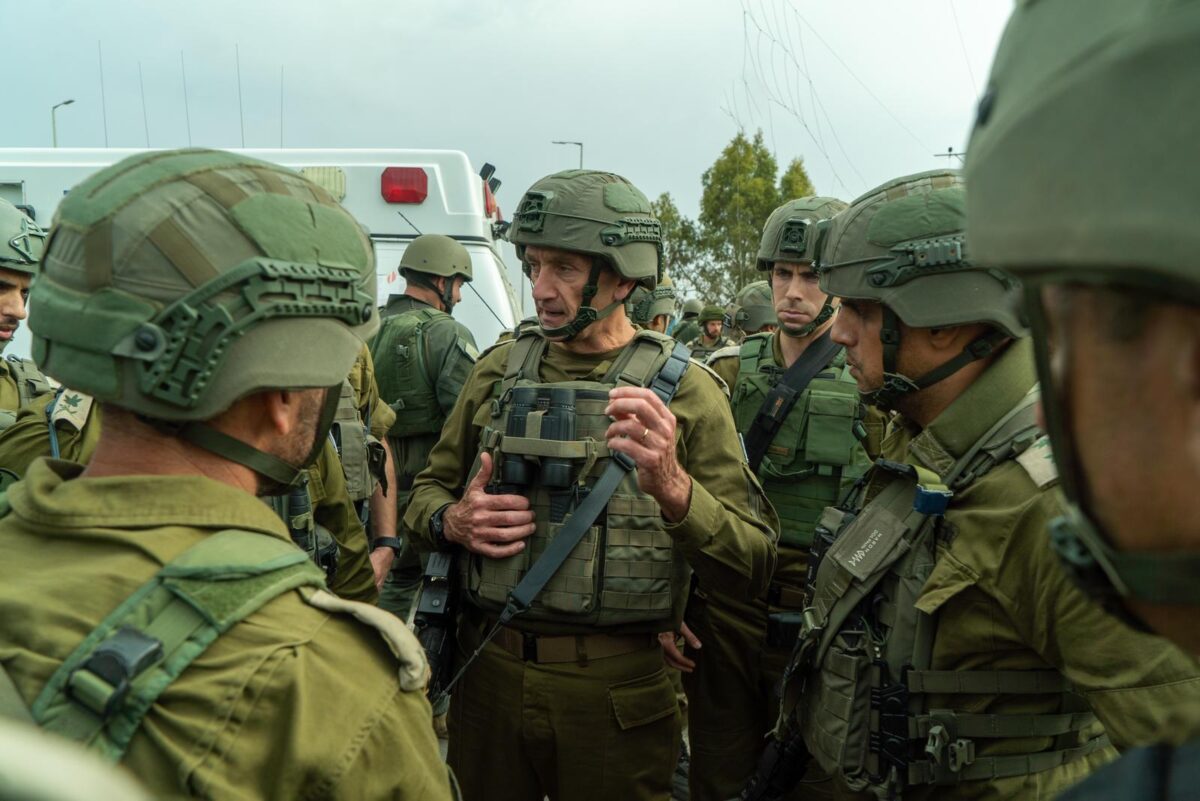Three weeks after Hamas terrorists murdered 1,400 Israelis and foreigners in southern Israel in the most audacious and devastating terrorist attack since Israel’s statehood, the Israeli armed forces have finally stormed into the Gaza Strip.
On November 27, Israeli armored columns, supported by air cover, plunged into northern and southern Gaza. The Israeli government has not openly described the incursion as the long-awaited ground invasion, but it may very well be what had been widely anticipated.
Israel’s calibrated thrust into Gaza will likely unfold incrementally and methodically. The emphasis will be on surprise, despite Hamas’ expectation of a fierce and sustained Israel riposte.
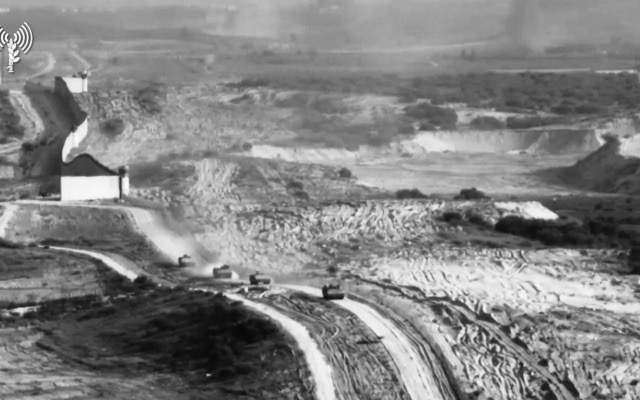
It most definitely will not take the form of a careless “Charge of the Light Brigade” exercise, which could exact horrendous Israeli casualties and achieve little of tactical and strategic importance.
Israeli spokesman Daniel Hagari said that Israel was “expanding ground activity” after two consecutive raids by the Israel Defence Forces to probe Hamas defences. Until now, in its shadow war with Hamas in the last few days, Israel was nibbling at the edges.
On October 28, Defence Minister Yoav Gallant explained that Israel had entered a “new phase” in the war against Hamas. “The earth in Gaza shook,” he said. “We attacked above ground and below ground, we attacked terror operatives of all ranks, in all places. The commands to the forces are clear: The operation will continue until a new order.”
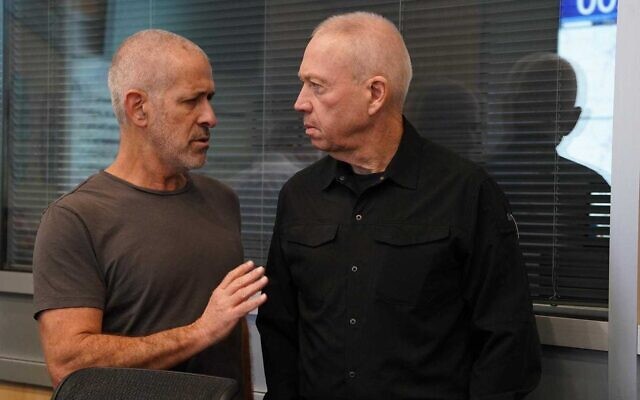
He meant that Israel will continue its air, land and sea operations until it destroys Hamas’ military and removes Hamas as the governing authority in Gaza. As Gallant put it on October 20, “We will wipe out this thing called Hamas. We will wipe it off the earth. This thing will not continue to exist.”
Gallant predicted that the war will be lengthy and consist of three stages. During the first phase, Israeli air power and land forces would kill Hamas commanders and foot soldiers and attempt to destroy parts of its elaborate network of tunnels. During the second stage, Israel would “eliminate pockets” of resistance. “The third step will be the creation of a new security regime” in Gaza, he said without delving into details.
Israel’s chief of staff, General Herzi Halevi, laid out four objectives on October 16: to topple the Hamas regime, destroy its armed wing and political leadership, remove the terrorist threat emanating from Gaza, and free the more than 230 hostages held by Hamas.
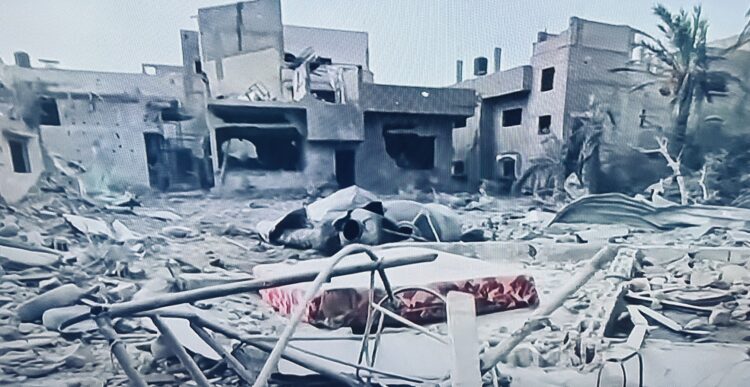
Israel already has pounded Hamas facilities relentlessly on an unprecedented scale and killed several of its commanders, including Ali Qadhi, a company commander of the Nukhba force, which spearheaded the October 7 assault on Israeli kibbutzim and towns. He was killed by a drone strike.
Israel’s former defence minister, Benny Gantz, a member of Prime Minister Benjamin Netanyahu’s war cabinet, warned on October 18 that this will be a protracted war. “It will take a long time,” he said. “The war … might take months, and the rebuilding (in southern Israel) will take years.”
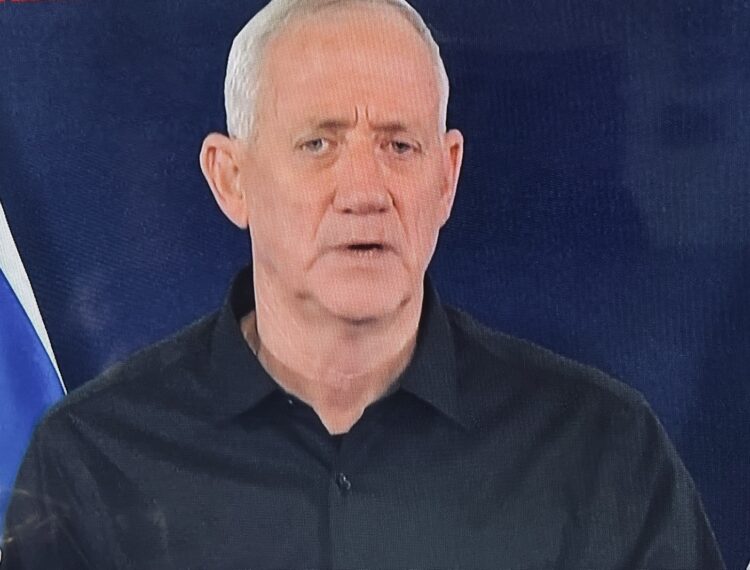
Invoking a theme that strikes a universal chord in Israel, Gantz said, “We are at war not just for your homes, the residents of the Gaza border towns, but for all your homes.”
Netanyahu, in his first speech following the October 7 massacre, put it more broadly. In a televised address on October 9, he cast Israel’s military response in bleak existential terms.
“We are in an operation for our home, a war to ensure our existence, a war we will win. This war was imposed on us by a despicable enemy … by savages who celebrate the murder of women, children and the elderly. The atrocities carried out by Hamas have not been seen since the atrocities of ISIS (the Islamic State Organization). Children bound and executed with the rest of their families, young boys and girls shot in the back, executed, and other atrocities I will not describe here.”
Netanyahu, in a reference to the incredible turmoil unleashed by his proposal to overhaul the judiciary, added that the “divisions among us are ended. We are all united. And when we are united, we win.”
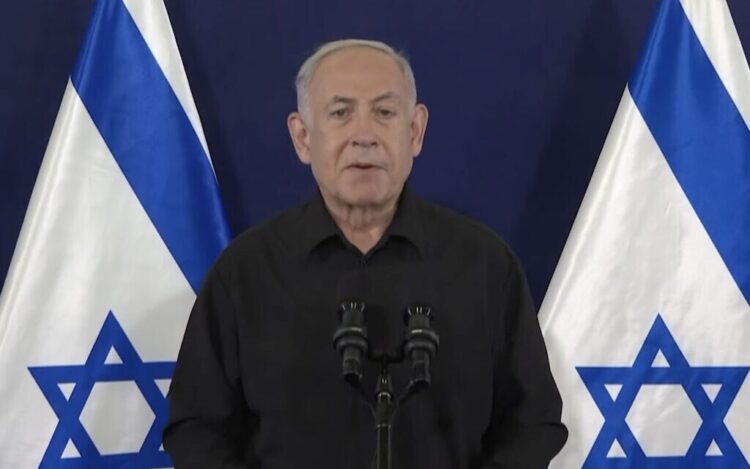
In a press conference on October 28, Netanyahu said that Israel has entered phase two of the war. “The war inside Gaza will be long and difficult, and we are ready for it,” he said. “This is our second independence war. We will fight to protect our country. We will fight on land, in the sea and in the air. We will destroy the enemy above ground and underground.”
Despite his fighting words, Israel’s invasion of Gaza is replete with questions marks.
How deep into the congested coastal enclave will Israel go? How successful will Israel be in destroying Hamas’ military capabilities and killing its leaders? How long will Israel remain in Gaza? U.S. President Joe Biden has advised Israel not to reoccupy Gaza.
Judging by a United Nations resolution passed two days ago, pressure from pro-Palestinian elements has already begun to build for an immediate ceasefire, which could only benefit Hamas, hinder Israel’s military efforts, and leave in place the status quo ante in Gaza which produced the current crisis.
What will be the human costs in terms of Israeli and civilian Palestinian casualties? So far, about 8,000 Palestinians have been killed, but this figure is questionable and has not been independently verified.
One of the biggest uncertainties is what comes after the war. If Hamas is effectively dismantled and ousted, there will be a dangerous power vacuum in Gaza. So the question arises: who will rule Gaza? It could be the Palestinian Authority, which adminisstered Gaza until a Hamas coup in 2007. Or it may well be an international peacekeeping force.
In any event, the United States has urged Israel to devise a credible postwar strategy.
Israel seems in no hurry to announce one. Its United Nations ambassador, Gilad Erdan, addressed that issue succinctly last week: “We’re not thinking now what will happen the day after the war … We need to win this war, and that’s the only thing we’re focused on.”
Indeed.
The task that awaits Israel in Gaza is extremely daunting.
Hamas, which has turned Gaza into a veritable armed camp and spent nearly all its scarce resources on acquiring arms, building an army and constructing tunnels, has been preparing for this apocalyptic moment for years.
Hamas is deeply embedded among the civilian population of 2.2 million, with many of its bases near or inside schools, mosques and hospitals. This is not coincidental. Hamas is ruthlessly using its people as human shields and tacitly counting on high Palestinian casualties to turn the tide of international public opinion against Israel.
That being said, Israel should expect great difficulties in this unforgiving landscape of urban warfare. Israel has ceaselessly trained for this scenario and has acquired invaluable experience in this type of warfare. The Israeli army invaded Gaza in 2009 and in 2014 in Operation Cast Lead and Operation Protective Edge, but these were shallow penetrations.
It remains to be seen how far into Gaza Israel will attempt to go. But if the Israeli government is totally serious about achieving its war aims, Israeli troops will have to capture and temporarily hold major towns and cities. Since Hamas knows the terrain much better, Israel is at a disadvantage. But since Israel’s firepower is far greater, Israel has a good chance of prevailing.
It took the United States and its Arab allies nine months to liberate the Iraqi city of Mosul from the Islamic State in 2017. During the siege, 10,000 Iraqi civilians perished. Thousands of Palestinian civilians may well die as Israel pushes deeper into Gaza. Certainly, Israel’s death toll is bound to be high too, but Israel has no choice but to eliminate Hamas once and for all.
After five border wars and countless skirmishes, it is abundantly clear that Israel and Hamas cannot coexist. Hamas is the cancerous mass that must be excised from Gaza.
